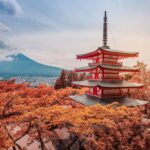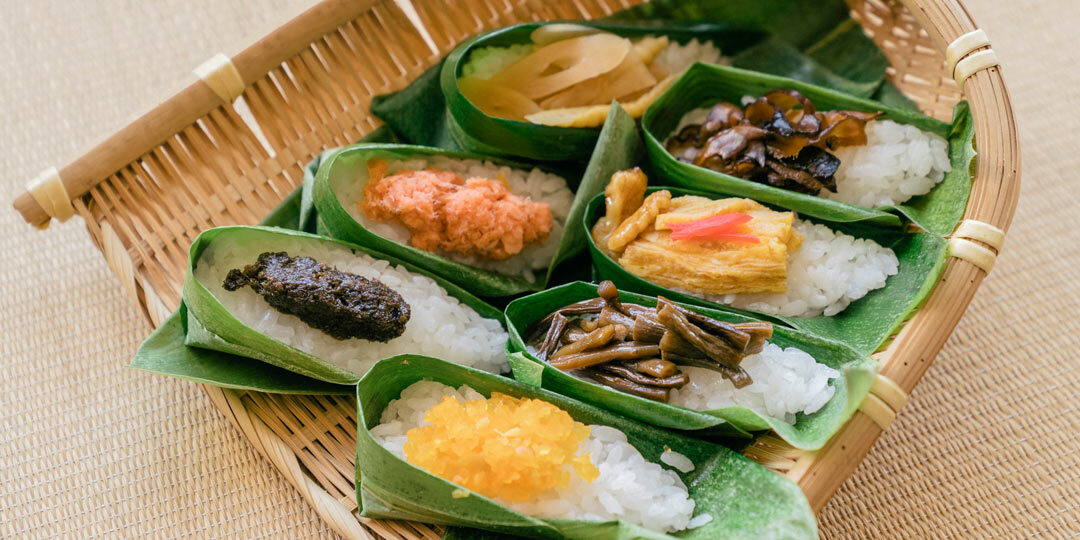Spring in Japan isn’t only a time for hay fever and White Day (not so great), but an opportunity to thaw out delicious recipes that have been waiting for 12 months to grace your plate. In honor of the season, here are six of the top spring dishes from top culinary prefectures around Japan.
Sasadongo (笹団子)- Niigata
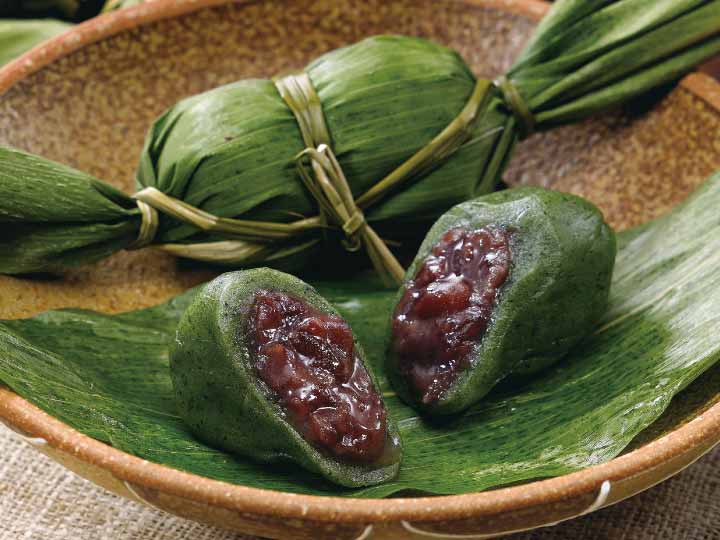
Niigata is known for a few things: snow and Koshihikari rice. And, as unfortunate as it was, some of the pearly white rice was known to go bad throughout the winter. An efficient alternative to throwing the rice out was to preserve it within the confines of leafy bamboo leaves and enjoy it as a portable and nourishing meal during the spring.
Borrowed from the Chinese dish “zongzi”, the Sasadango is a mobile meal of glutinous rice, anko and wormwood wrapped up in a tightly-woven bamboo leaf. It is held as a traditional dish of the Jōetsu region and revered as “home food”. The historical significance is said to be traced back to Uesugi Kenshin and his warriors as they marched toward Takeda Shingen’s forces during the battles of Kawanakajima.
Sasamochi (桜餅) – Tokyo
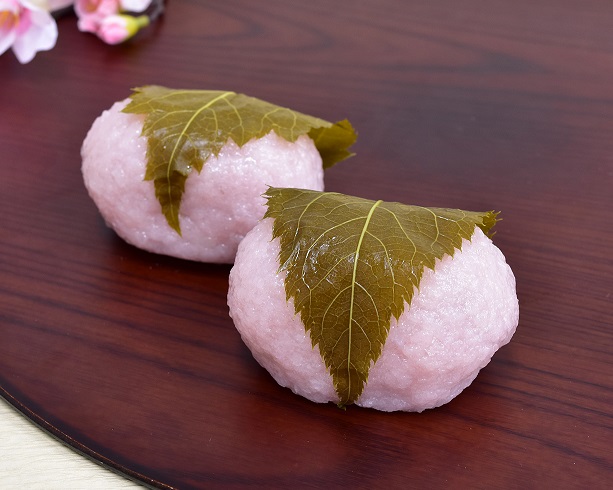
A classic confection found throughout Japan after the snow has melted, this rosy treat is the quintessential offering in Spring. The preparation styles may vary, but the main ingredients are salted cherry blossom leaves, flour and adzuki bean paste. Once the mochi is perfected, it is then artfully wrapped in the leaf,
It’s said that Sasamochi’s Kanto origins come from Tokyo’s Chomeiji Temple, when former Shoguante Tokugawa Yoshimue planted cherry blossom trees along the Sumida River, which subsequently lured in tourists for the annual hanami. In order to properly accommodate the guests, a confectionery was established that picked the cherry blossom leaves and wrapped them around fried pink mochi.
Firefly squid with mustard & miso vinegar (ホタルイカ辛子酢味噌和え) – Toyama
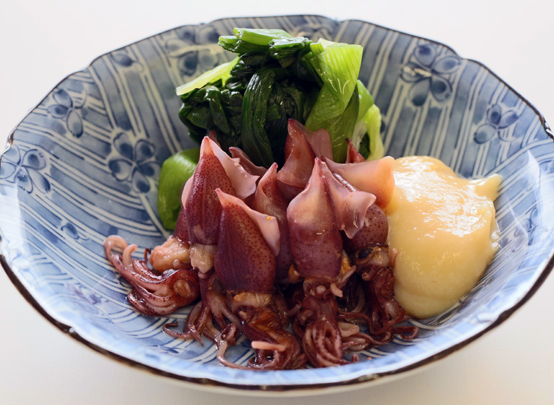
Every year around spring, large schools of luminescent firefly squid flock to Toyama Bay to spawn, bringing the citizens of Toyama a sight that is both dazzling and delicious. According to historical documents, there is even proof that squid fishing has been popular in Toyama’s Namerikawa area since the Edo period.
Expert Toyama fisherman round up nets of unblemished firefly squid from early March until early June, thus making this local dish a herald of warmer weather and fine dining. There are several cooking methods, but the most delicious involves first removing the eyes, then boiling the squid until it’s nice and glossy and finally garnishing it with a tangy miso vinegar sauce and greens on the side.
Short-necked clams (アサリ) – Fukuoka

Mollusks aren’t often associated with the green pastoral feel of spring, but tell that to the good seafaring people of Fukuoka, especially waterside cities like Hakata Bay. In spring, female clams store more nutrients for spawning and as a result, they get nice and fat, making them perfect for an umami-filled meal.
Digging for clams is such a celebrated activity that cities around Fukuoka organize leisurely “Clamming” events throughout March and April that involve entire communities (rakes only, please). After a morning of scouring the shore for fruit of the sea, you can head straight home and easily bake, steam and grill up your hidden treasures any way that you like.
Sayori (サヨリ) – Ishikawa
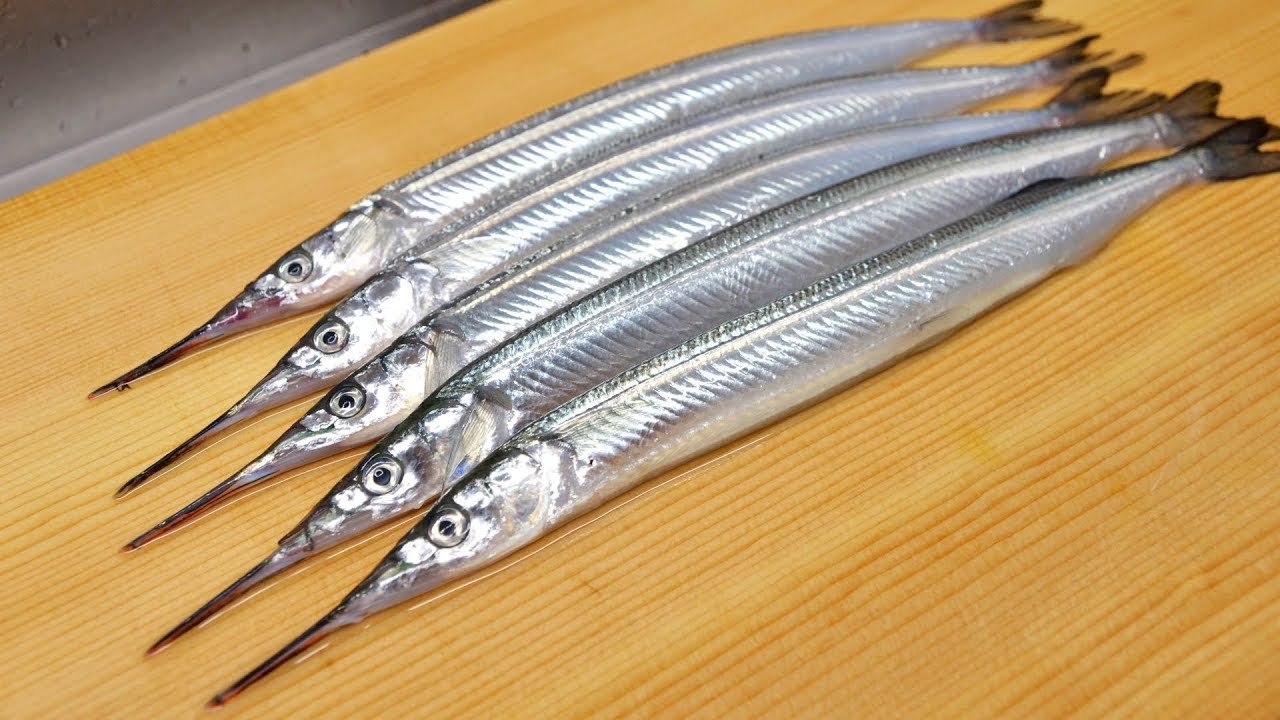
Situated on the edge of the West coast of Honshu, Ishikawa prefecture’s Noto Peninsula juts out deep into the Sea of Japan, giving it prime access to mouth-watering fresh fish. In spring, Sayori, or halfbeaks, make their way to Ishikawa’s shores and are known around that area as“Hanami Fish”. Moreover, its slender gleaming body is so attractive that it’s even earned the title of “the beauty of the fish world”. But Sayori’s good looks don’t keep it safe for long.
The best way to enjoy its delicate taste is to serve it as sashimi. However, like Native Americans with their buffalo, fish experts in Ishikawa have a variety of ways to enjoy the entire fish. There isn’t much meat, so each Sayori destined for sashimi must be cleaned and cut carefully, while more impatient diners can fry and feast on the entire fish, bones and all.
Hairy crab (毛ガニ) – Hokkaido
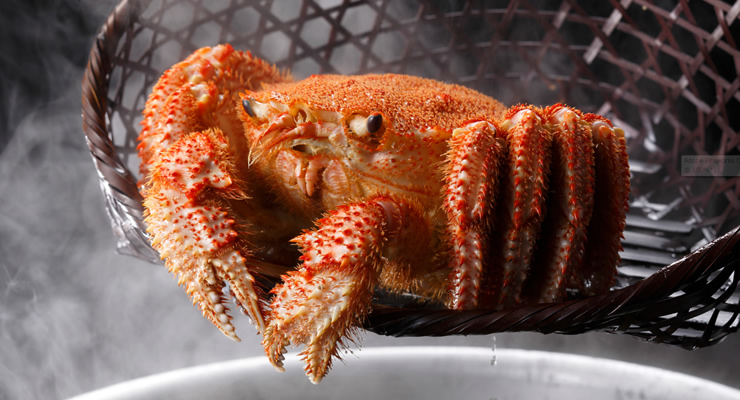
When considering Japan’s 4 islands, Honshu is objectively the dominant one, but it would be unfair to pass over the massive swath of land that is Hokkaido and all of its natural bounty. Considering its latitude, Hokkaido’s spring slightly differs from Honshu’s, allowing for an exclusive marine delicacy.
Hairy Crabs are one of Hokkaido’s specialities, especially the variety found once the chunks of drift ice melt around the Sea of Okhotsk. Apparently the nutritious shrimp that the crabs feast on throughout the winter is the secret to their sweet tender meat and creamy miso. While Hairy Crabs are smaller than their Blue and King peers, they are said to be the most delicious.
Conclusion – Spring Foods From Around Japan
Each prefecture’s culinary pride is something special to behold, and after a long dark winter, there is no better way to experience the spring’s warmth in Japan than with a delicious meal. Any of the aforementioned specialties is sure to make your next hanami one you’ll remember all year long.

Josh Furr
Joshua first came to Japan with his family over 10 years ago and it completely ruined his life (in the best of ways). When he’s not trying to pass the JLPT, he’s researching Japanese history, enjoying 80s J-Pop and dreaming of 牛丼. He’s currently writing, writing, writing…mostly about Japan and video games.





